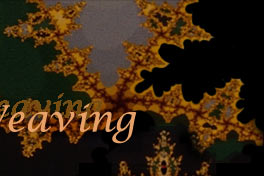History of Rug and Kilim Weaving
_LONGBANNER1
Over a period of time, the art of weaving improved and many items useful in every day life were woven-for example saddlebags for horses and camels that could be used in the transportation of many types of items. The Yoruks also wove kilims with goat hair and used them as warm blankets since the fibers were so long just as in today's Siirt blankets. Its thought that these early blanket were woven in imitation of actual animal felts. Kilims were also woven as room dividers in the tents, as well as for cradles, with the corners tied to the overhead tent poles so that the cradle could be swung back and forth to rock the babies to sleep. These many types of woven products improved over time with additional uses developed on an evolutionary basis.
At first the nomads, who strictly lived in tents, stacked dried leaves and lay them in the corners of their tents and used the soft stacks as beds. Under the weight of the sleepers, the beds rapidly turned into dust and provided little comfort, thus causing frequent replacement. Then in a further inspiration of using animal pelts as a model, the nomads started to add pile to the basic flatweaves. These first pile rugs were very supple, the nomads would simply fold and throw them on a horse's back to be used as a sleeping bag during their long voyages.
As we mentioned before, no one knows exactly when and where the first knotted-pile carpets were woven; however the oldest "surviving" pile carpets was discovered in the grave of a Sycthian price in the Pazirik valley of the Altai Mountains. In Siberia by Russian archeologist (Rudenko) in 1947 and is presently displayed in the Hermitage Museum in Leningrad. The carpet was woven with the Turkish double knot and contains a surprising 347.000 knots per square meter (255 per square inch); it is 3.62 square meters (6 x 6.5 feet) and has been carbon dated to have been from the 5th. Century BC It was loaded and subsequently flooded and froze to a wait discovery by Rudenko. The Pazirik, or Altai carpet, is rather sophisticated, thereby showing that it is the product of a long history and tradition of weaving.
_LONGBANNER2
_MENU2
_COPY
|





